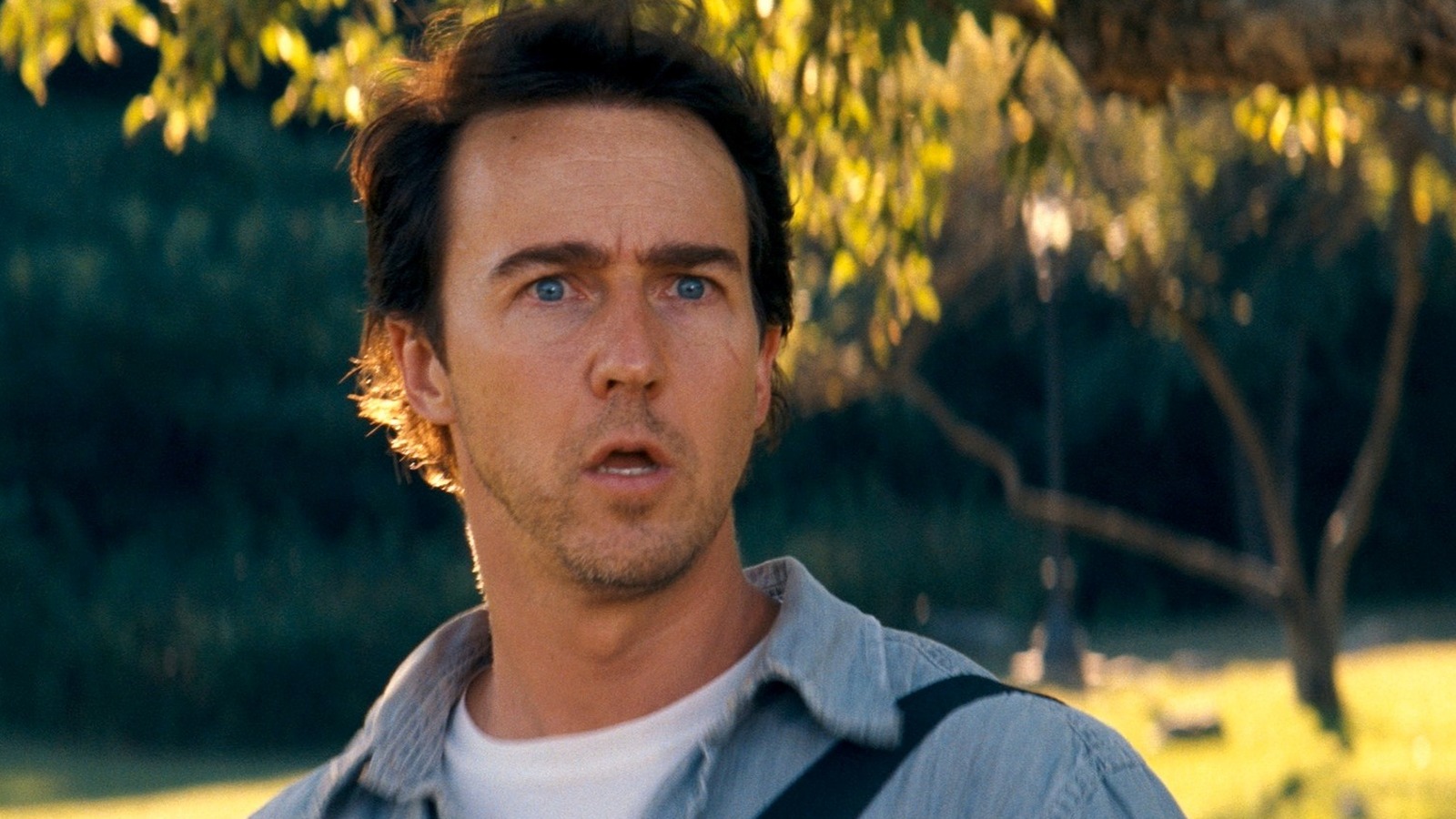I’d say the more apt comparison for how Marvel Studios makes their movies is not the Hollywood studio system, but Stan Lee’s “Marvel method” of making comics (where the artists did most of the work, going off of vague ideas from Lee, then they split credit as supposedly equal creative partners). As “MCU” admits, previsual development is where Marvel Studios’ movies are first made, sometimes before films even have a director. Commercialism and homogeneity rule the game in this mode; there’s no other way to release movies at the relentless speed Marvel Studios does.
Marvel Studios has built a conveyor belt factory system that would make Henry Ford proud and this process fundamentally devalues directors, much less upstart actors, as artists. If you turn a filmmaker into a cog in a machine, you sap the things that make movies worth watching; passion, creativity, and unique aesthetics.
“MCU” makes Norton into the fall guy, suggesting his handling of “The Incredible Hulk” proves why Marvel Studios has to keep a tight leash on the creatives, with the implicit argument that the results are worth it. Are they though? As Martin Scorsese has argued, we’re living in the most risk-averse period of Hollywood filmmaking ever.
Norton’s experience isn’t an isolated one either. Mickey Rourke, who played the villainous Ivan Vanko in “Iron Man 2,” shared his negative thoughts on the finished film (cited in the book): “Marvel just wanted a one-dimensional bad guy, so most of the performance ended up [on] the floor.” Nia DaCosta, director of “The Marvels” and a talented filmmaker (“Candyman” wasn’t my jam but “Little Woods” is a gripping drama), admits her MCU film was at heart “a Kevin Feige production.” And yet, now Disney is throwing her under the bus after “The Marvels” bombed.
Edward Norton has long been blamed for The Incredible Hulk’s under-performance, but there’s another way of looking at that film and how it shaped the MCU. Read More

